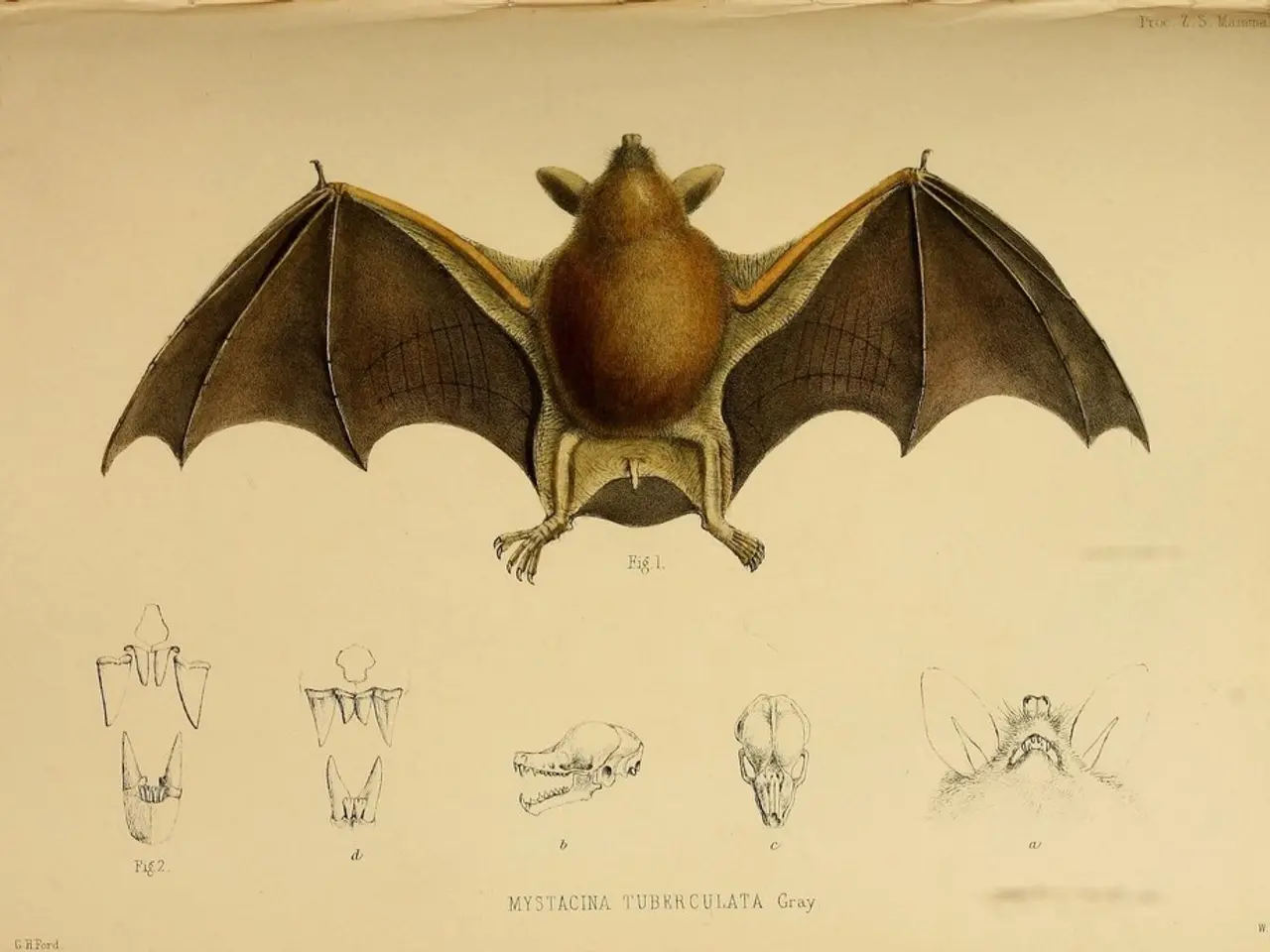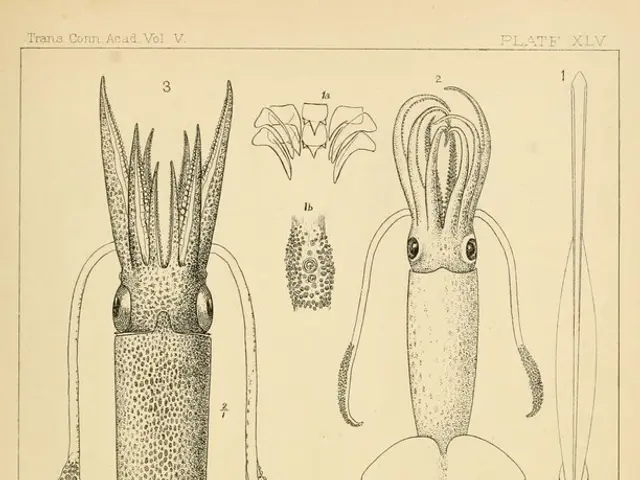Enhanced lithium-ion battery technology reduces the likelihood of explosions and fires
In a groundbreaking development, researchers at the Department of Energy's Oak Ridge National Laboratory (ORNL) have created a new material that promises to make lithium-ion batteries safer, more efficient, and more stable. This innovative technology, named SAFIRE, has been licensed to battery startup Safire Technology Group, and its potential impact is being hailed as transformative for various industries.
John Lee, the founder and CEO of Safire Technology Group, is excited about the prospects of SAFIRE. He believes that this technology will revolutionise the car industry, making electric vehicles safer and more practical. The technology mitigates the risk of explosion and fire in lithium-ion batteries, a significant concern for the electric vehicle market.
The SAFIRE technology works by using an oobleck-like additive, mixed into a conventional electrolyte, to create an impact-resistant material. In the event of an impact, the silica particles in the material clump together, blocking the flow of fluids and ions. This prevents the electrodes from touching if the battery is damaged, thereby reducing the risk of a fire.
The impact-resistant material also offers other benefits. By removing the need for heavy protective shielding around the battery, it can significantly reduce vehicle weight and increase range. This is particularly important for electric vehicles, where weight reduction can lead to improved performance and extended driving distances.
The implications of SAFIRE technology extend beyond the automotive industry. In defense applications, the technology provides projectile and ballistic protection while reducing the weight of defense systems and equipment. This makes it an attractive option for military vehicles and equipment, where weight reduction can have a significant impact on mobility and performance.
The team at ORNL, led by researcher Gabriel Veith, used neutron scattering at ORNL's Spallation Neutron Source to understand the fundamental interactions during impact. They used perfectly spherical, 200-nanometer-diameter particles of silica for the battery colloid, creating a suspension of tiny, solid particles in a liquid, in this case, silica suspended in common liquid electrolytes for lithium-ion batteries.
Susan Hubbard, ORNL's deputy for science and technology, emphasises the importance of improving battery technology for a clean energy future. She believes that SAFIRE technology is a significant step forward in this direction. In 2022, ORNL licensed five patented technologies related to SAFIRE to Safire Technology Group, marking a milestone in the commercialisation of this innovative technology.
Veith attributes the success of the project to the collaborative environment at ORNL. He believes that the team's ability to work together and share ideas has been crucial to the project's success. With Safire Technology Group now on board, the team is looking forward to seeing SAFIRE technology make a real-world impact.
The additive is easy to incorporate into existing battery-making processes, providing a safer, lighter, and more effective alternative. As the world moves towards a more sustainable future, technologies like SAFIRE are set to play a crucial role in making electric vehicles a safer and more practical choice for consumers.
Read also:
- Understanding Hemorrhagic Gastroenteritis: Key Facts
- Stopping Osteoporosis Treatment: Timeline Considerations
- Tobacco industry's suggested changes on a legislative modification are disregarded by health journalists
- Expanded Community Health Involvement by CK Birla Hospitals, Jaipur, Maintained Through Consistent Outreach Programs Across Rajasthan








